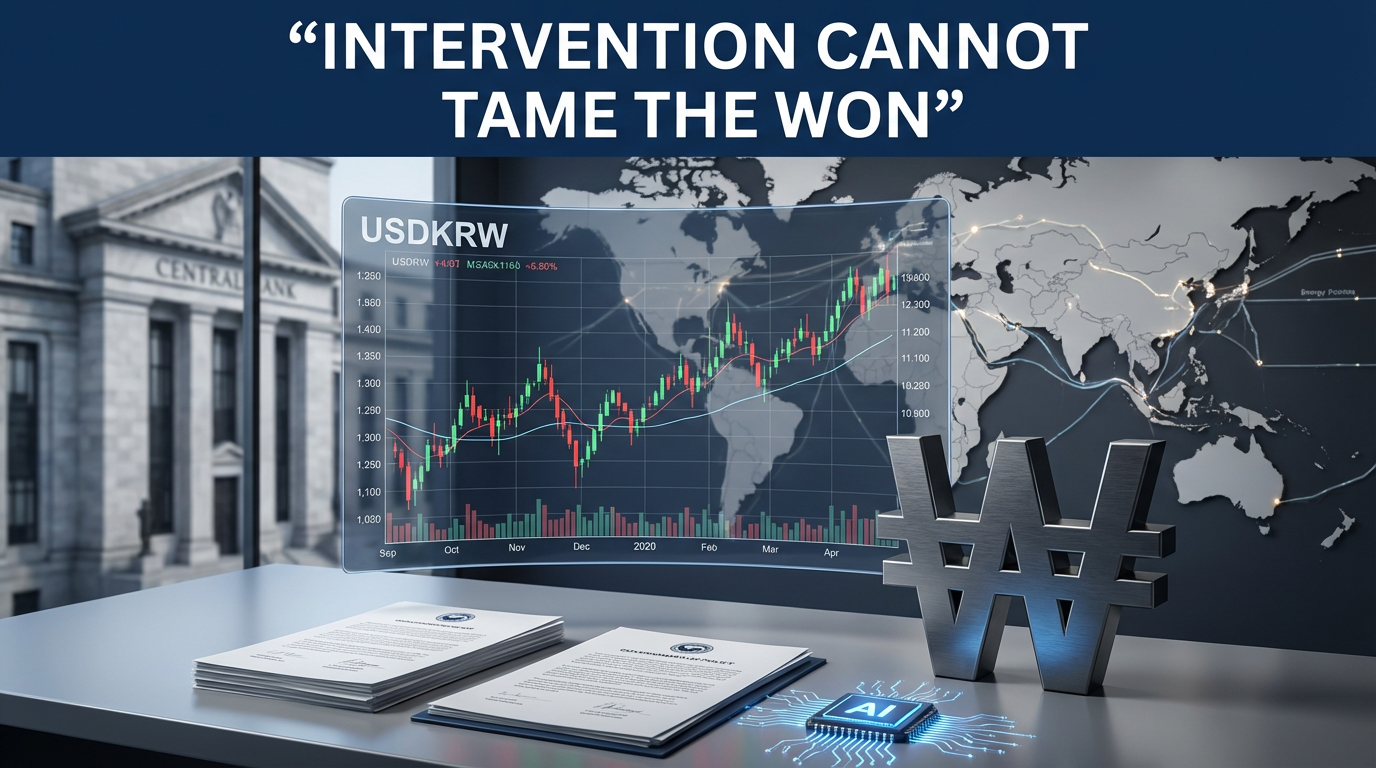Let’s take a closer look at why Buffett sold off a large amount of bank stocks this time. Recently, as the Trump administration eased regulations on the financial industry, the stress test standards were lowered, and as a result, financial stock prices soared. However, Buffett sees this situation as a sign of long-term risk.
─────────────────────────────
1. Financial Deregulation and Buffett’s Decision to Sell
─────────────────────────────
Financial institutions conduct stress tests to maintain loan-to-capital ratios in preparation for economic downturns. We must not forget the problem of non-performing loans, which was a major cause of the 2008 financial crisis. As financial authorities ease requirements for loan capital, banks can make more aggressive investments.
Buffett believes that even though the U.S. economy looks good now, this deregulation could be a preparedness measure for a future economic downturn or, rather, a risk factor that could fuel the downturn. In other words, the interpretation is that he reduced the proportion of bank stocks to manage the risk of his investment portfolio, even amidst signs of a short-term boom.
─────────────────────────────
2. Credit Card Issuance and Loan Delinquency Issues
─────────────────────────────
Both new credit card issuance and delinquency rates are soaring in the U.S. Many consumers are trying to repay their debts using high credit card limits, and as a result, delinquency rates are trending upward in the long term. Meanwhile, corporate loan delinquency rates are also at an eight-year high, highlighting cash flow problems.
These credit instability factors lead to a decrease in consumer spending across the economy and act as a long-term instability factor that is contrary to short-term financial investments. Buffett foresaw this and likely reduced his exposure to the financial sector and restructured his portfolio into other sectors, especially stocks with strengths in the domestic market.
─────────────────────────────
3. Investment Changes Due to Changes in Domestic Stock and Interest Rate Policies
─────────────────────────────
In Buffett’s portfolio changes, the proportion of stock investments centered on the domestic market is noticeable. Previously, he focused on stocks that would benefit from interest rate cuts, but now, as the pace of interest rate cuts has slowed, domestic demand has become more important. This seems to be a strategy that takes into account the possibility of a future economic downturn.
It can be seen as a move to secure loan and investment capacity for flexible capital management and as a result of pre-recognizing the risks inherent in the financial sector as a whole. Investors are also paying attention to these market changes and feeling the need to adjust their portfolios.
─────────────────────────────
4. Technology Stock and Individual Stock Trading Strategies
─────────────────────────────
Investors who carefully examine the macro economy, like Buffett, employ prudent strategies for individual stocks such as technology stocks. Insider trading and sales by CEOs and CFOs of rapidly rising stocks such as Nvidia, Tesla, AMD, and Facebook are already read as signs of market overheating.
In particular, some stocks have already peaked and entered a correction phase, and many believe that they should be re-entered at lower prices. For example, Palantir and other technology stocks have high short-term volatility, and if they fall below a certain price range, there is a possibility of further decline, so investors must check stock price movements daily and respond accordingly.
─────────────────────────────
Overall, Buffett's recent selling decision appears to be the result of a long-term perspective on U.S. financial deregulation, rising credit card and loan delinquency rates, and domestic market investment, rather than simply due to price fluctuations in one or two stocks. When re-examining our investment portfolio, it is important to carefully examine the risk factors hidden behind the short-term boom.
Related articles at nextgeninsight.net/
Bank → https://nextgeninsight.net/?s=%EC%9D%80%ED%96%89
Economy → https://nextgeninsight.net/?s=%EA%B2%BD%EC%A0%9C
*Source : [미국주식은 훌륭하다-미국주식대장] PLTR Must See Before Selling. Nvidia Tesla Perfect Buy Timing

On Friday, February 21, 2025, the U.S. stock market recorded its worst day in two months due to weaker-than-expected economic indicators and a surge in long-term inflation expectations. Here’s a detailed summary of the key highlights by group.
■ Overall U.S. Stock Market Trends
- The S&P 500 Index fell by 1.7%, reflecting market anxiety.
- The 10-year Treasury yield fell by 8 basis points to 4.43%, indicating a strong preference for safe-haven assets among investors.
■ Economic Indicators and Consumer Sentiment
- The University of Michigan Consumer Sentiment Index declined to 64.75, with newly imposed tariffs and inflation concerns significantly impacting investor sentiment.
- Long-term inflation expectations reached 3.5%, the highest since 1995, increasing anxiety about potential future price increases.
■ Housing and Service Sector Indicators
- Existing home sales fell short of expectations at 4.08 million units, hindering the recovery of the real estate market.
- The Services PMI entered a contraction phase with carryover figures, suggesting a slowdown in service sector growth.
■ Options Expiry and Individual Company Issues
- With approximately $2.7 billion in options expiring, increased uncertainty has heightened market volatility.
- UnitedHealth plummeted by 7.2% following a Wall Street Journal report of a Department of Justice investigation, which was later denied.
- Various issues, including the SEC lawsuit related to Coinbase and the Department of Justice and SEC investigation of Crowdstrike, are collectively contributing to the market correction.
■ Key Upcoming Dates and Outlook
- With the Federal Reserve not expected to drastically change the pace of interest rate hikes in the near term, the consumer sentiment and housing/service sector data released on Friday significantly dampened investor sentiment.
- On Monday, February 24, 2025, the U.S. January Chicago Fed National Activity Index will be released at 10:30 PM. This data release could serve as an additional indicator for investors, so it is crucial to closely monitor the future direction of the market.
Given the currently conservative investment sentiment, it is advisable not to overreact to single indicators but to view consecutive weak indicators as warning signs. As various economic indicators and corporate issues combine to create a correction, it is necessary to develop strategies to prepare for future market uncertainties.
[Related Articles at nextgeninsight.net/]
- U.S. Stock Market Trends > https://nextgeninsight.net/?s=%EC%A6%9D%EC%8B%9C
- Inflation Outlook > https://nextgeninsight.net/?s=%EC%9D%B8%ED%94%8C%EB%A0%88%EC%9D%B4%EC%85%98
*Source : [오선의 미국 증시 라이브] 【미국 증시 오늘의 요약】 증시 두달만에 최대 하락! | 옵션만기+고물가+경기둔화 ‘트리플 쇼크’ | 소비자 심리 악화와 관세 우려 | – 2025/02/21



